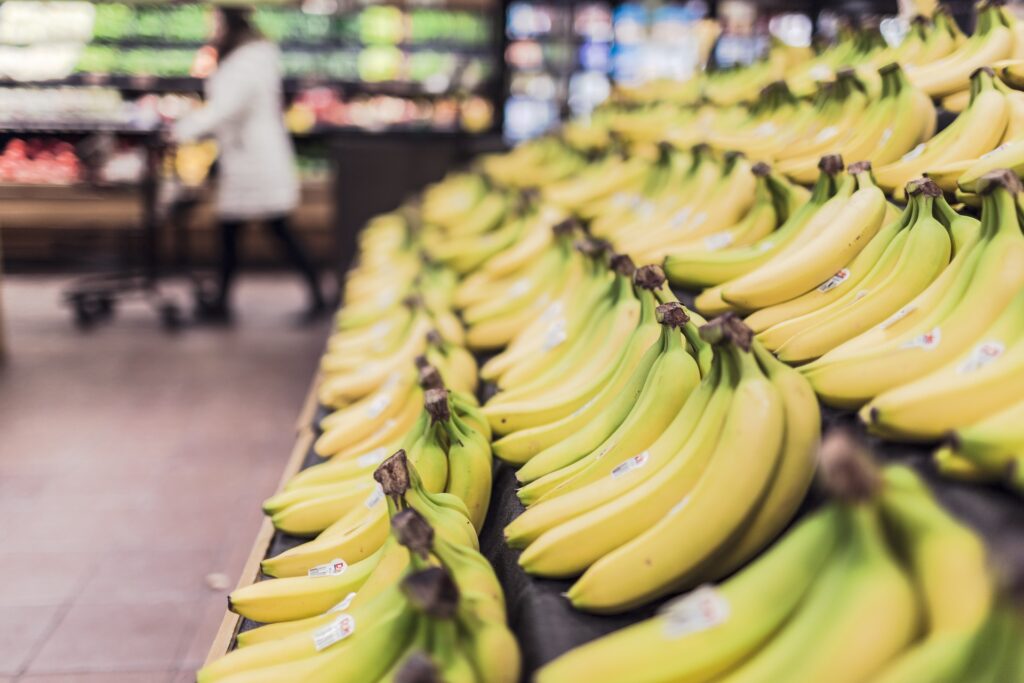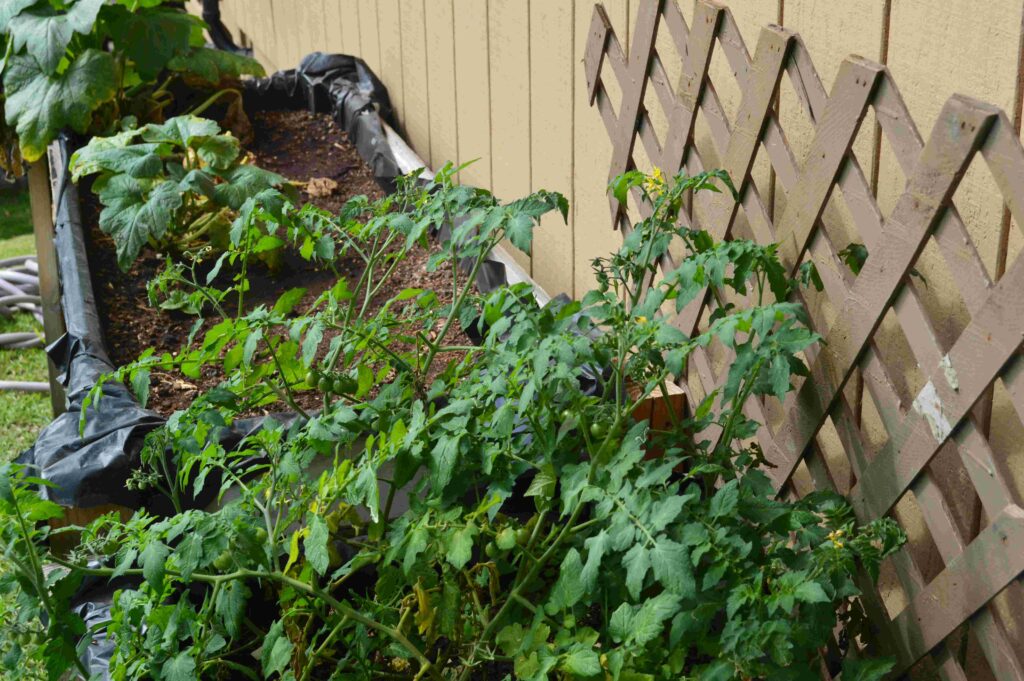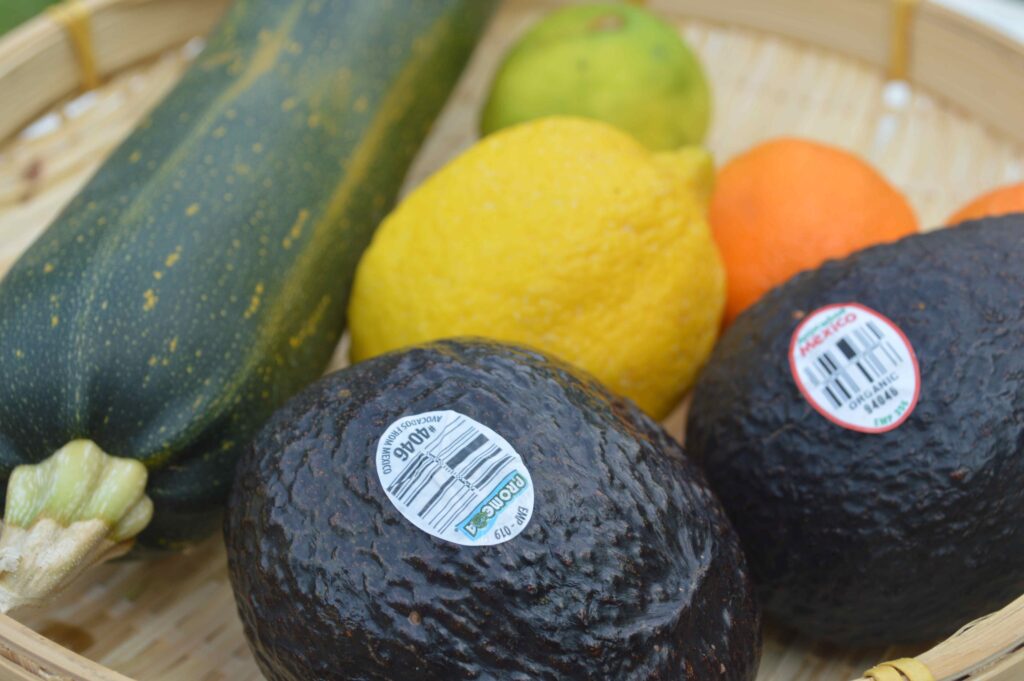For the sake of the islands’ inhabitants and the land itself, a shift in Hawaiʻi’s food system is long overdue.
My garden boxes prove that growing in Hawaiʻi isn’t much of a challenge: Lettuce sprouts rush up within 24 hours of dropping seeds into the ground. Banana patches aren’t uncommon, and when I ride my moped around in the springtime, I often have to swerve around dozens of fallen mangos.

The 50% threshold for sustainable food systems
Regardless of our lush atmosphere, it’s well-known that Hawaiʻi currently grows less than 15% of its food. 85%–90% of it comes from the mainland, Asia, or South America. The primary concern: Experts say that at least 50% of all crops must be grown locally in an area for that location to be considered food secure.
Pre-statehood, the islands easily met this goal. Hawaiʻi’s food system was once highly varied, with residents trading a wide range of biodiverse plants and foods. In the 1960s, Hawaiʻi became reliant on large-scale cane sugar and pineapple operations. These exports were once the backbone of the islands’ economy, resulting in the neglect of its many other naturally-occurring food groups.
Plantation owners began importing food from overseas to feed their workers around this time, too. Food importation has been a longstanding practice in Hawaii ever since.

Food staples: Hawaiʻi’s top sustainability concern
It obfuscates the situation to simply say that 85%–90% of Hawaiʻi’s food is produced off-island. This is because our local produce shortage isn’t equitable across food groups. Most of the cabbage, cucumbers, and tomatoes we consume are grown by local farmers. Papaya is so plentiful that it’s one of our top exports. And if you’ve ever heard of (or been lucky enough to taste) Kona coffee, you’ll know we do well in that department, too.
It’s “filler” foods—the comfort starches common in most diets—where local food production falters. Hawaiʻi’s major urban hub, Honolulu, is a melting pot city in a melting pot country, filled with culturally diverse cuisines. Still, we rely on classic standbys to fill our bellies: Rice, corn, and wheat.
These foods require massive amounts of land to grow. We’re talking hundreds or thousands of acres. Most farms in Hawaiʻi’s are between 1 and 5 acres, incapable of growing staple foods at a large scale. And this is where we get the alarming 85%–90% figure.
Sure, Hawaiʻi’s food system can produce enough tomatoes, cucumbers, and cabbage for our population. The trouble is, those aren’t the foods we live off, nor are they the ones we consider foundational to a meal.

The tropical fruit conundrum
Hawaiʻi can grow hearty foods and has done so for centuries. ʻUlu (breadfruit), taro, and sweet potato are all starchy, delicious foods. It’s just that most of us transplants (guilty) still have our old palates. We’re used to wheat flour, white rice, and corn tortillas.
It would help us to turn away from imported grains and start loading up on the classic crops Hawaiʻi still creates in plenty. And at a wider policy level, subsidizing the aforementioned traditional staple crops is likely one of the only ways to get us to that 50% threshold.
But “the tropical fruit from South America” trend is still a huge concern. Hawaiʻi imports 2.5 million pounds of avocados per year and over $1 billion worth of fresh bananas, mostly from Ecuador. As with many of the food concerns faced by our world today, this one’s a matter of basic economics: It’s cheaper to pay for a shipment of Ecuadorian bananas and sell them at .89 cents a pound than to source them locally, where wages are higher and yields are smaller.
Bananas also have a noticeable growing season here—June through October. Most of the bananas grown in Hawaiʻi are known as “apple bananas,” which are smaller and less sweet than the well-known Cavendish banana. With the demand for sweet bananas in Hawaiʻi going strong year-round, buyers are forced to look elsewhere for their supply.
It’s a strange conundrum many conscious eaters are aware of: Somehow, food that does not have to travel thousands of miles by truck or boat costs more money. But for a farmer to make a decent living in Hawaiʻi, they need to charge a reasonable price for their goods, as they should. To this, there is no easy answer. Luckily, some organizations are moving us in the right direction.

Farm operations improving Hawaiʻi’s food systems
The ʻUlu Cooperative
The Hawaii ʻUlu Cooperative (HUC) emerged in 2016. What began with nine small farmers from the big island has become a co-op with over 100 member-farms from across the islands. Together, these Hawaiʻian farmers produce healthy, sustainable ʻulu (breadfruit) and related products. Their mission is to bring back the love and ubiquitousness of ʻulu to increase food security and responsible land management on the Hawaiʻian islands.
Farmlink Hawaiʻi
A personal favorite of mine, Farmlink Hawaiʻi connects consumers with island-grown produce via a convenient online interface. Each week, patrons can select which local products they’d like (organically or conventionally grown) online. Farmlink then delivers the order directly from the farmer to the resident’s doorstep. The company offers an incredibly easy way to support local farmers—and not much more expensive than buying in-store, either.
GoFarm Hawaiʻi
This organization prepares the next generation of commercial farmers in Hawaiʻi. GoFarm offers a three-tiered system designed to train farmers to be successful growers on the islands. This is an organization truly designed to create new farms in Hawaiʻi, not just for learning how to casually garden.
Moving away from imported crops and back to traditional Hawaiʻian foods is one step toward a balanced agricultural system on these islands. More solutions are likely to emerge as residents reconnect with the land, each other, and policy-makers. And luckily, the issue is one most people in Hawaiʻi are well aware of. It’s what we do with the information that counts.
As for me? I definitely plan to start bringing more ʻulu into my life and my diet.
Get more like this—Sign up for our daily inspirational newsletter for exclusive content!
__
Pixabay: StockSnap




